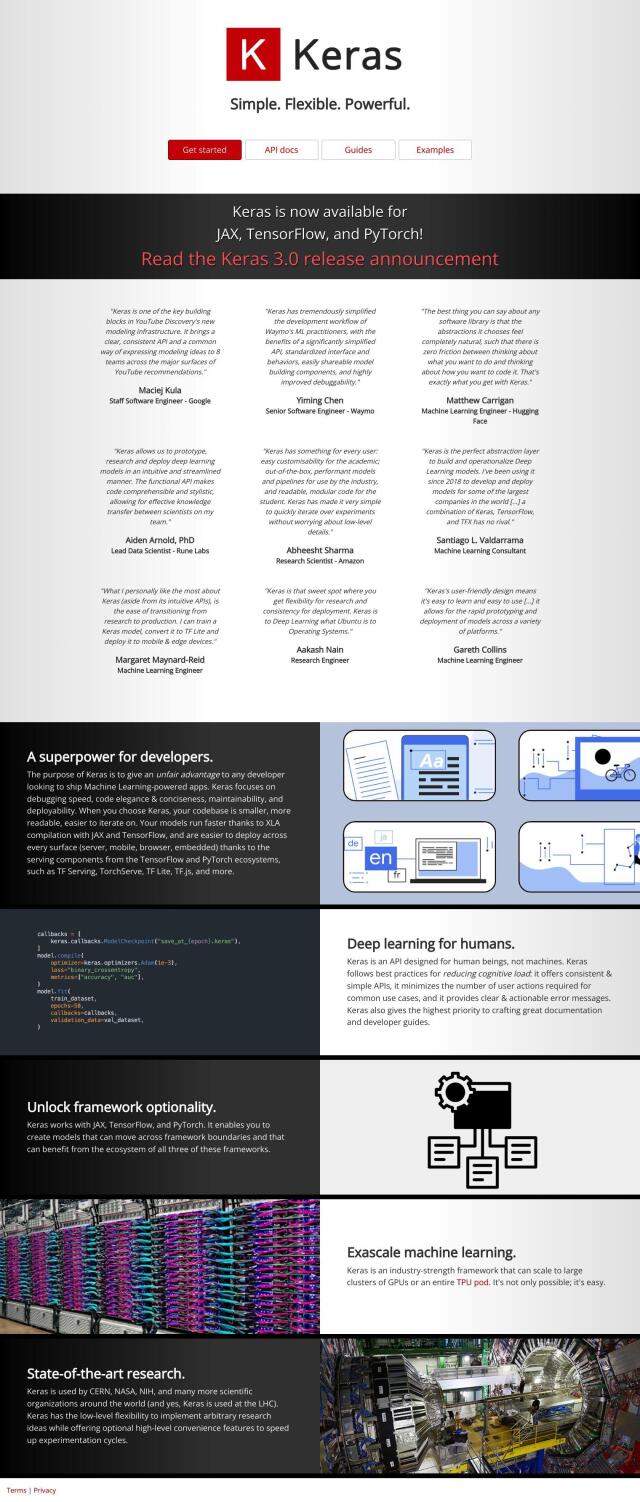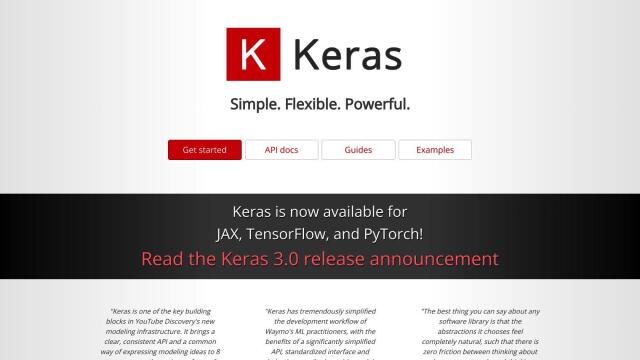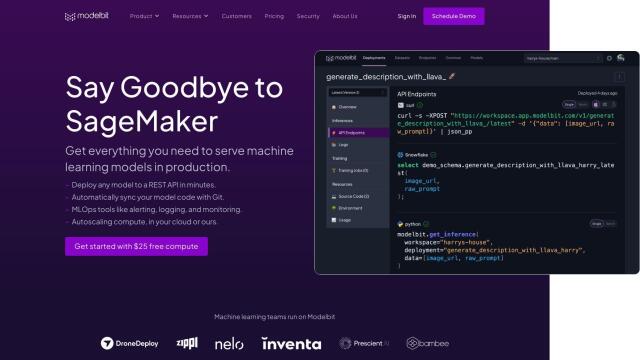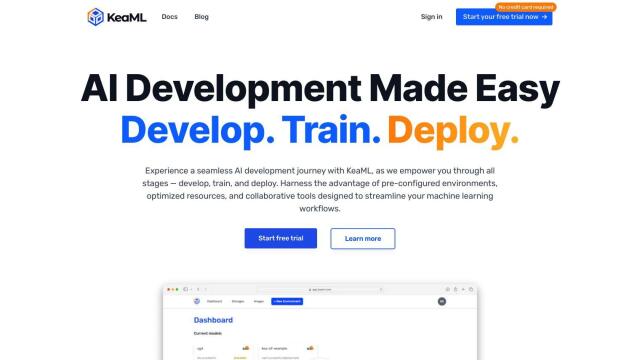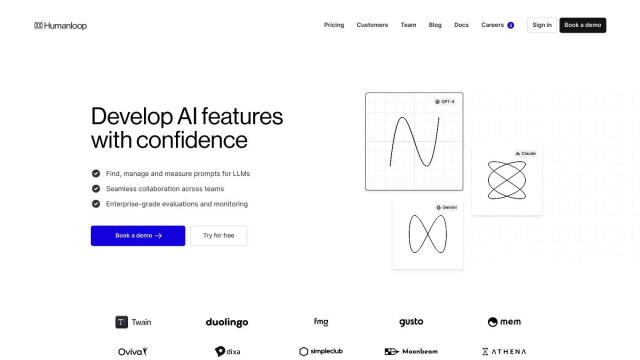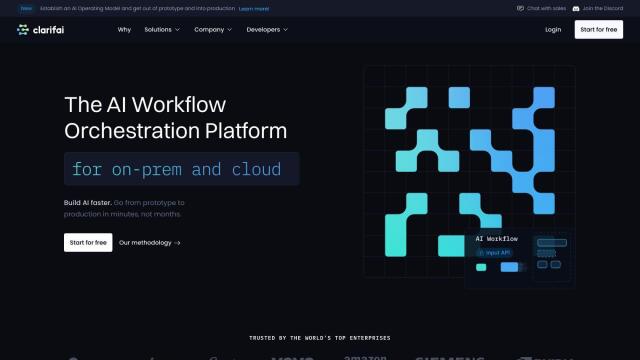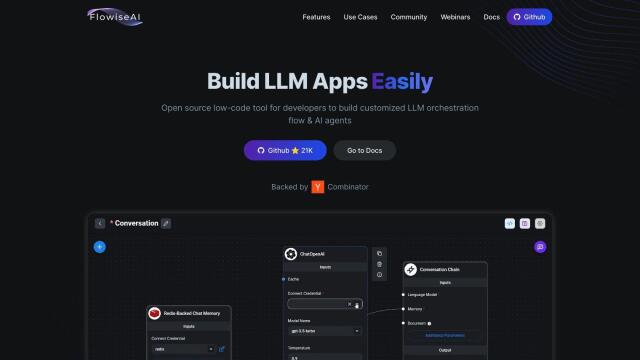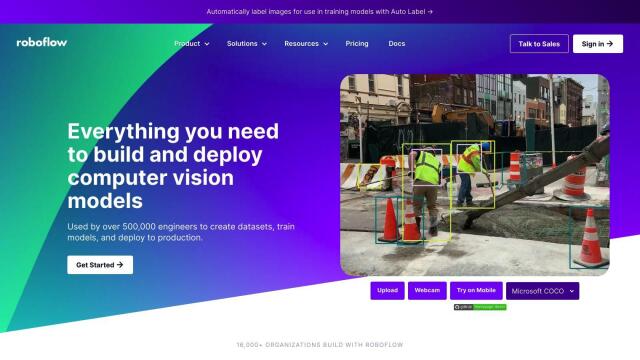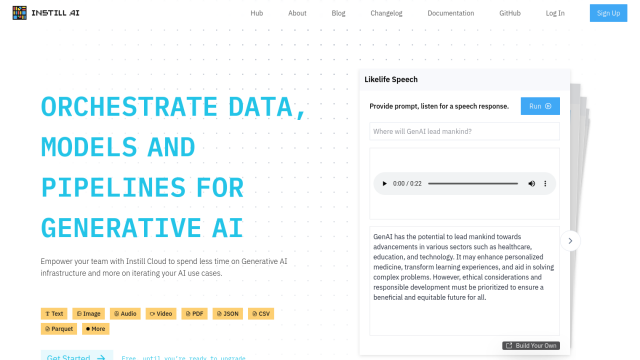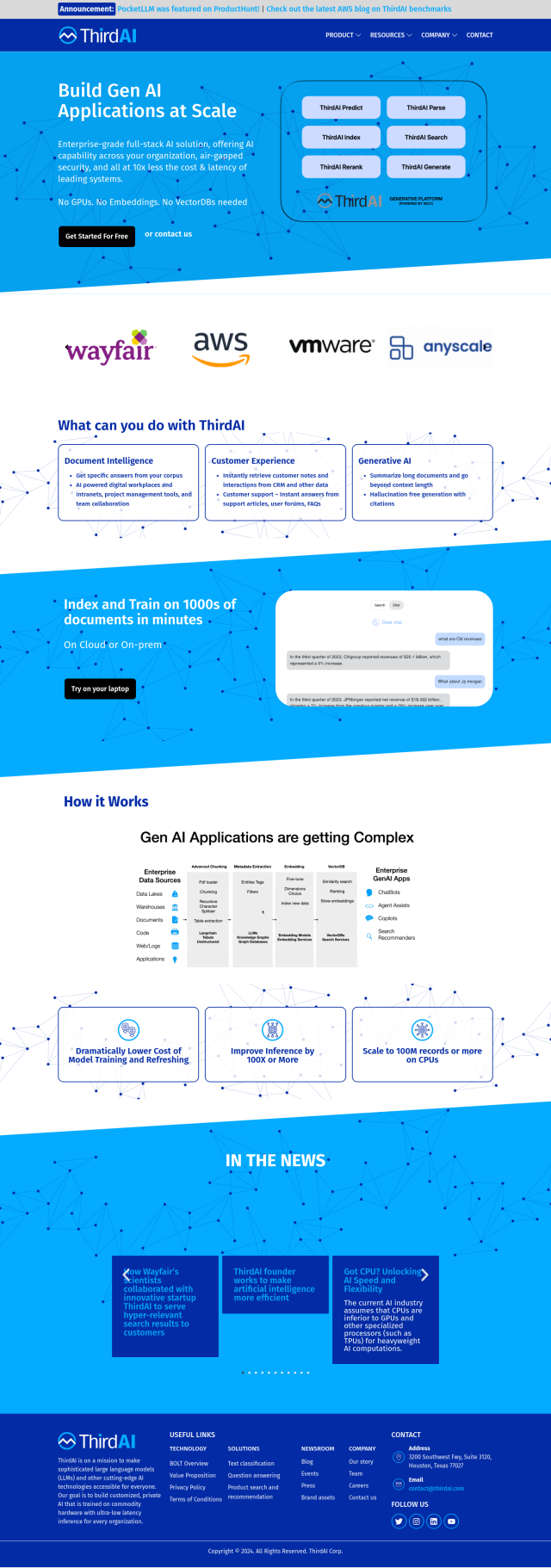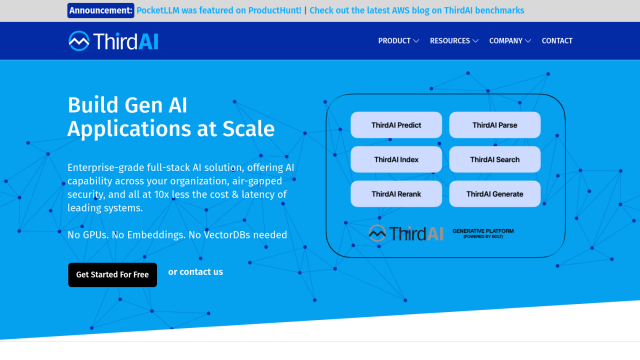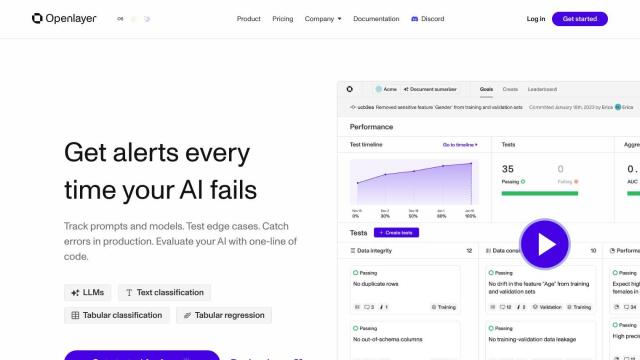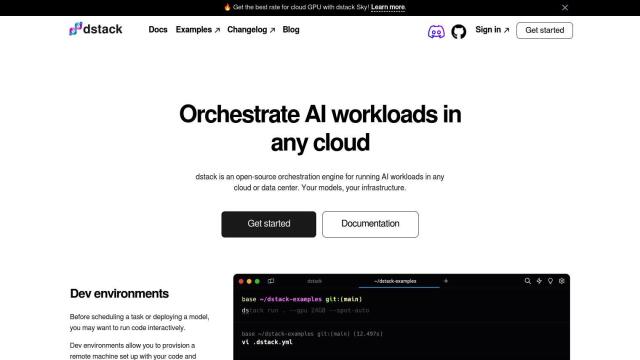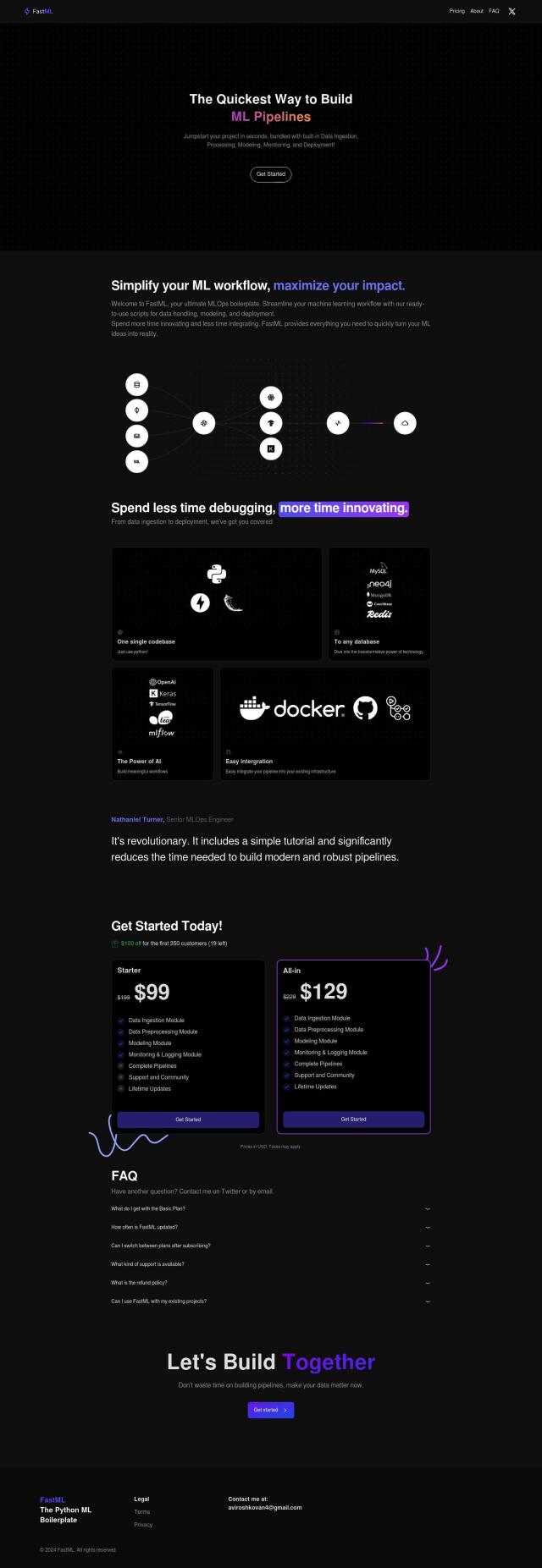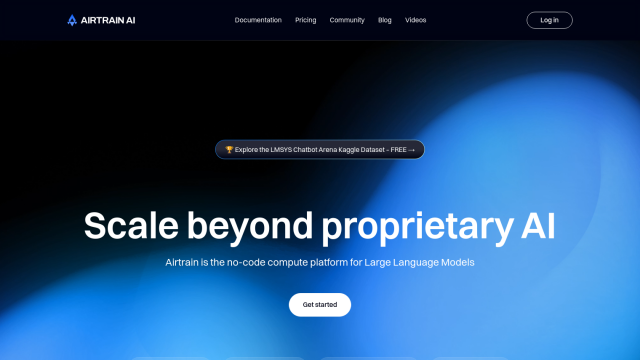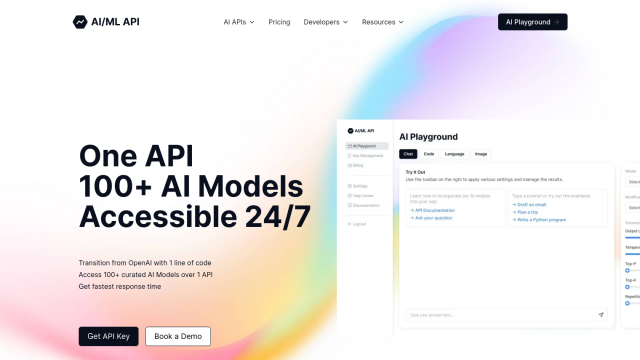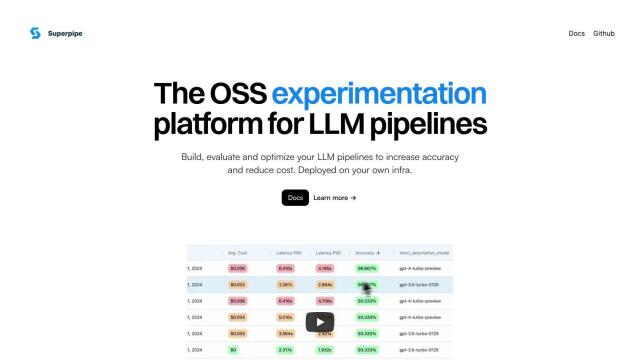Question: I need a solution that can integrate with popular deep learning and traditional machine learning libraries, such as PyTorch and scikit-learn.

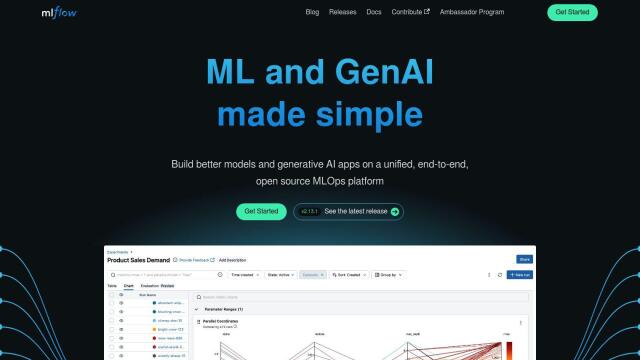
MLflow
If you want something that works with the libraries most people use for deep learning and traditional machine learning, MLflow is a good option. This open-source software offers a full end-to-end MLOps environment for overseeing the life cycle of ML projects. It supports libraries like PyTorch, TensorFlow and scikit-learn, so it's good for deep learning and traditional ML. It also comes with tools for tracking experiments, managing models and supporting generative AI, which can be helpful for ML collaboration and productivity.


PyTorch
Another important library is PyTorch, a popular and flexible machine learning framework. It's got a lot of libraries and tools for tasks like computer vision and natural language processing, and it can run in eager mode for fast experimentation and graph mode for production. PyTorch also has good support for scikit-learn compatibility, so it's good for everything from prototyping to large-scale production.
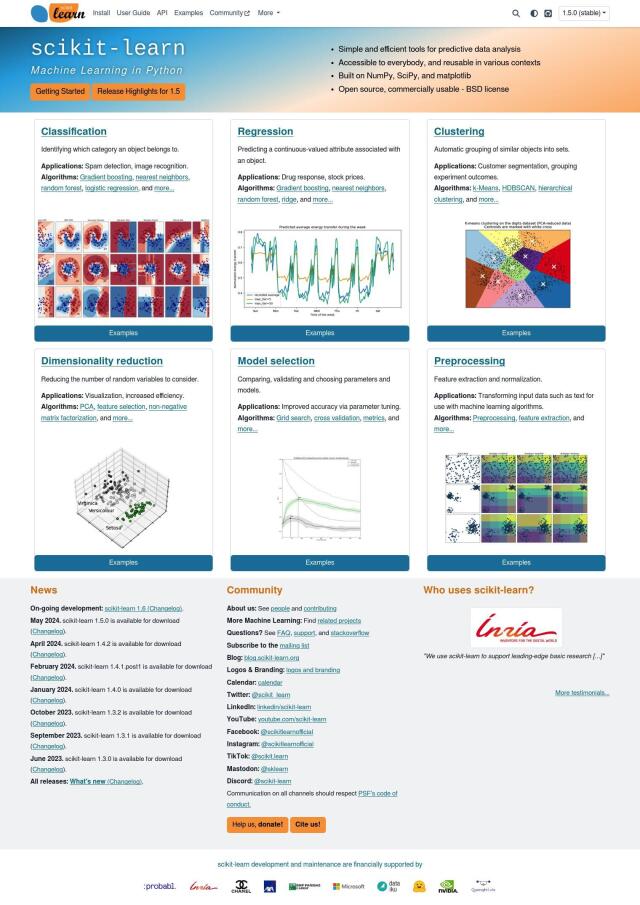
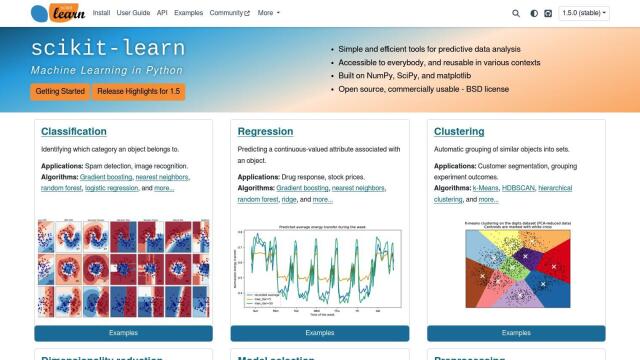
scikit-learn
If you're more focused on traditional machine learning, scikit-learn is a good option. It's got a lot of algorithms for tasks like classification, regression, clustering and dimensionality reduction. It's built on top of NumPy and SciPy, so it's good for a lot of tasks, and it's actively maintained with new releases arriving regularly, so it's a good choice for people getting started.


TensorFlow
Last, TensorFlow is another widely used foundation for building and running machine learning models. TensorFlow has multiple levels of abstraction, including the higher-level Keras API and support for distributed training. It's also flexible, with support for everything from on-device ML to graph neural networks. With lots of documentation and community support, TensorFlow is good for beginners and experts.
